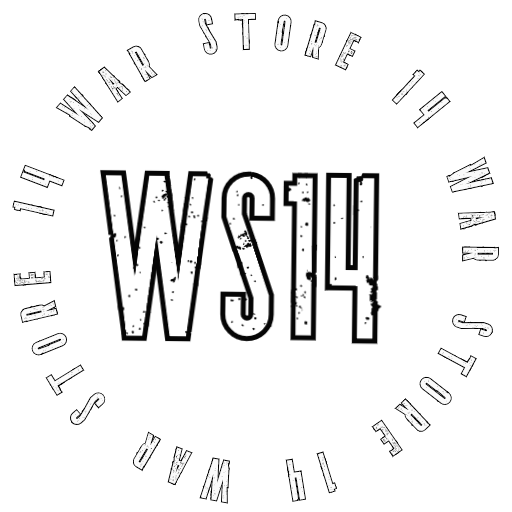Combat Legend- Ju 87 STUKA by Robert Jackson
In the first three years of World War Two, the word Stuka became synonymous with terror. Across the face of Europe, troops and civilians alike quailed under the banshee wail of the Junkers 87 dive bomber as it plummeted towards its target. The Junkers 87 dive bomber as it plummeted towards it target.
Although the name Stuka - an abbreviation of Sturzkampfflugzeug, which literally means 'diving battle aircraft' - was applied to other types as well, it will always be associated with the Ju 87. Tested under combat conditions in the Spanish Civil War, the Stuka went on to become the flying artillery of the German Army, blasting a path ahead of the Panzer divisions as they drove relentlessly through Poland, France, the Low Countries, the Balkans, North Africa and Russia. The gull-winded dive bomber was deadly against shipping, as the Royal Navy found to its cost off the beaches of Dunkirk and in the Mediterranean, But it had its weaknesses, and when it came up against the RAF's Hurricanes and Spitfires in the Battle of Britain it took sch a mauling that it had to be withdrawn.
By 1943 the Stuka's day as a dive bomber was virtually over, but it came into its own as a tank-buster on the Russian Front, where it fought to the bitter end.
This book tells the story of the Junkers Ju 87 Stuka, the units that operated it in its many campaigns and the men who flew it in World War Two.
This book has 96 pages and is approx. 7-1/4" x 9-3/4".
In the first three years of World War Two, the word Stuka became synonymous with terror. Across the face of Europe, troops and civilians alike quailed under the banshee wail of the Junkers 87 dive bomber as it plummeted towards its target. The Junkers 87 dive bomber as it plummeted towards it target.
Although the name Stuka - an abbreviation of Sturzkampfflugzeug, which literally means 'diving battle aircraft' - was applied to other types as well, it will always be associated with the Ju 87. Tested under combat conditions in the Spanish Civil War, the Stuka went on to become the flying artillery of the German Army, blasting a path ahead of the Panzer divisions as they drove relentlessly through Poland, France, the Low Countries, the Balkans, North Africa and Russia. The gull-winded dive bomber was deadly against shipping, as the Royal Navy found to its cost off the beaches of Dunkirk and in the Mediterranean, But it had its weaknesses, and when it came up against the RAF's Hurricanes and Spitfires in the Battle of Britain it took sch a mauling that it had to be withdrawn.
By 1943 the Stuka's day as a dive bomber was virtually over, but it came into its own as a tank-buster on the Russian Front, where it fought to the bitter end.
This book tells the story of the Junkers Ju 87 Stuka, the units that operated it in its many campaigns and the men who flew it in World War Two.
This book has 96 pages and is approx. 7-1/4" x 9-3/4".
In the first three years of World War Two, the word Stuka became synonymous with terror. Across the face of Europe, troops and civilians alike quailed under the banshee wail of the Junkers 87 dive bomber as it plummeted towards its target. The Junkers 87 dive bomber as it plummeted towards it target.
Although the name Stuka - an abbreviation of Sturzkampfflugzeug, which literally means 'diving battle aircraft' - was applied to other types as well, it will always be associated with the Ju 87. Tested under combat conditions in the Spanish Civil War, the Stuka went on to become the flying artillery of the German Army, blasting a path ahead of the Panzer divisions as they drove relentlessly through Poland, France, the Low Countries, the Balkans, North Africa and Russia. The gull-winded dive bomber was deadly against shipping, as the Royal Navy found to its cost off the beaches of Dunkirk and in the Mediterranean, But it had its weaknesses, and when it came up against the RAF's Hurricanes and Spitfires in the Battle of Britain it took sch a mauling that it had to be withdrawn.
By 1943 the Stuka's day as a dive bomber was virtually over, but it came into its own as a tank-buster on the Russian Front, where it fought to the bitter end.
This book tells the story of the Junkers Ju 87 Stuka, the units that operated it in its many campaigns and the men who flew it in World War Two.
This book has 96 pages and is approx. 7-1/4" x 9-3/4".









